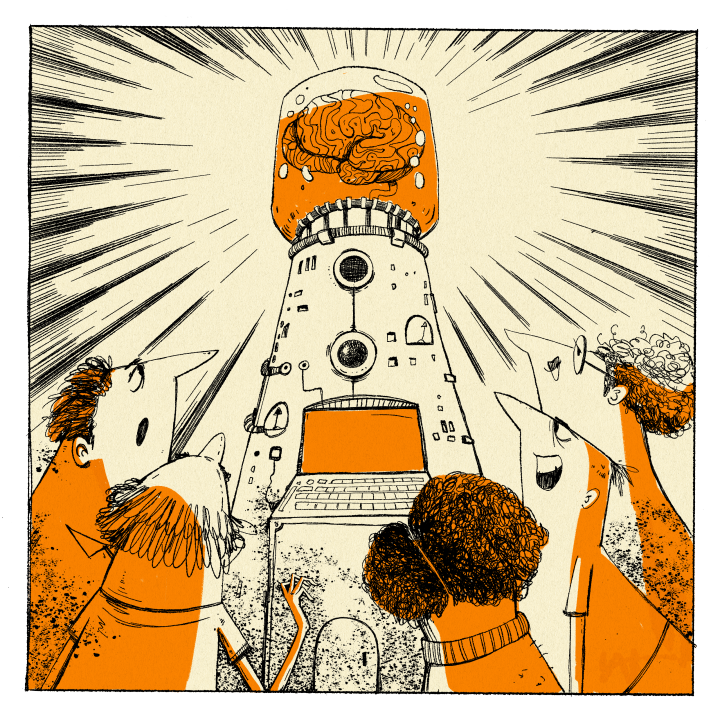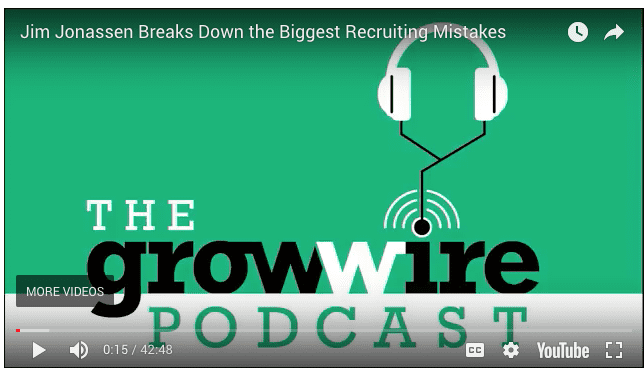
Recruiting Leaders for the Remote/Hybrid Workplace
Today’s landscape requires a radically new mindset.
By Jim Jonassen, JJA Founder
Finding A+ employees is never easy. And when you’re hiring for critical roles at the top of an organization’s food chain, the stakes are exceptionally high – in effect, you’re betting the company’s future on these moves. Now throw in the realities of today’s remote/hybrid work environment, and things get even trickier.
Hiring for remote positions has increased exponentially over the past few years. Yet, from our perspective, most employers have failed to keep up with today’s rapidly changing landscape. They must review their current recruitment strategies to identify areas where old perceptions no longer align with new realities.
The dangers of a misstep are significant. In our experience, distributed teams are often more vulnerable to the widespread disruption caused by poor hires. “Hustle culture” becomes even more critical to maintain when team members are no longer in the same room – or even the same time zone.
As JJA Strategic Advisor and People Operations Leader Tiffany Chelsvig shares, “The winners will embrace flexibility. We’re learning every day because volatility has become the new norm. Adopting an agile mindset provides the resilience we all need.”
The good news: change opens up new frontiers.
Embracing the idea of remote teams means that geography matters much less today, and companies of nearly any size can tap into national/global talent pools for the first time. You’re now free to solve for skills, experience, and cultural fit without regard to location.
You may find your CTO in North Carolina, your Product Lead in Tucson, and your next Software Architect in Vancouver. Options are a good thing.
The fact that the best candidates can solve for lifestyle and life balance by choosing where they live gives you, the employer, one less thing to worry about. And talented job seekers can now explore opportunities that happen to lie within commuting distance.
“You may find your CTO in North Carolina, your Product Lead in Tucson, and your next Software Architect in Vancouver. Options are a good thing.“
The bad news: change is hard.
We get it – this dynamic world of work challenges us to rethink fundamental assumptions. But flexibility is the name of the game, and Hey, you can even turn it into an attractive differentiator of your employer brand.
Successful hiring requires companies to get more creative than ever. They need a more clearly refined vision of what they’re looking for and need to get comfortable using every tool at their disposal.
They also need to overcome the challenges that come with the lack of face-to-face contact. From interviewing to onboarding to orientation, you lose a lot of communication nuance when important interactions are served up through a video call.
So what does adaptation look like when screening and vetting candidates?
Look beyond the resume.
This is key. An impressive list of credentials isn’t enough – these days, you need to make sure a potential hire has a combination of dedication, self-direction and collaboration skills, and the ability to work asynchronously.
When scrutinizing a candidate’s portfolio, you should be able to identify verifiable bodies of work product. It’s critically important that you understand what efforts your candidate delivered, led and participated in. Did this person strategize, plan, execute, or maintain what was already in place?
Prioritize collaboration.
In the legacy workplace, high-stakes searches were mostly about solving for competence. Today, maturity and emotional intelligence are every bit as important. Of course, you want high-performing talent. But now, that means screening for the qualities that define those rare superstars who are also inherently wired to thrive remotely:
- Highly disciplined
- Not easily distracted
- Comfortable communicating/working asynchronously
- Strong written communication skills
- Cross-functional leadership abilities
Do your due diligence.
Uncovering the truth requires new interviewing techniques and due diligence practices.
Sure, you’re still screening to weed out bad actors. But extreme due diligence also provides an invaluable “owner’s manual” – your guide to making the most of a newly-hired executive and increasing the likelihood of employee satisfaction and retention.
A clear picture of someone’s strengths, weaknesses and work style proves more useful than ever in the virtual world. I’ll be devoting an entire post to this soon.
Prepare to go beyond interviews. We include social media history, writing samples and a scorecard-driven screening process that covers far more than technical skills and experience.
Hard work still has its rewards.
Finding quality employees in a remote or hybrid work environment is proving to be very challenging. But putting in the effort now will pay dividends down the road. A comprehensive recruiting strategy like the one we deploy can help you locate top-shelf candidates, no matter where they’re located.
Every situation is unique. But the ideas outlined in this post apply equally well to any of the thousands of companies we’ve worked with. Adaptation is possible, no matter what your business or growth stage.
Remember – the longer you wait, the harder you’ll have to work to catch up.
Hey – my name may be on the byline, but the ideas I share are always the product of a team effort. JJA is on a mission to raise the bar in high-stakes recruitment, from retained searches to corporate talent acquisition. We approach life like an open-source project, driven by the belief that there’s always a better way. If you have ideas you’d like to contribute, please email us. To download some of the free tools we’ve developed, visit the JJA website.











